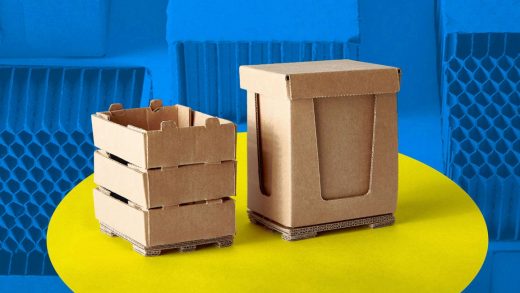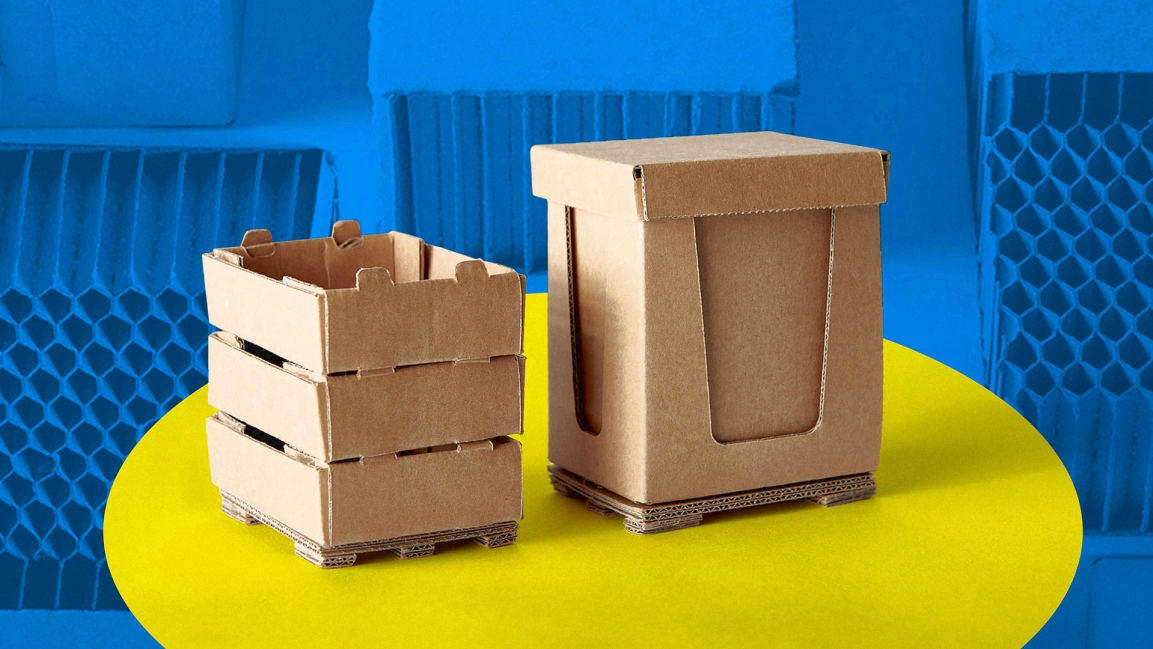Ikea says it will eliminate plastic packaging by 2028
In the past, if you bought LED lightbulbs at Ikea, they probably would have been in a plastic blister pack—something that’s both hard to open and likely to end up in the trash, since most plastic packaging isn’t recycled. But the company’s newest line of bulbs now comes in paper boxes instead. It’s one step in Ikea’s plan to systemically phase out plastic packaging.
By 2025, all new Ikea products will come in plastic-free packaging, with the exception of some food products that need to use it for food safety and to prevent food waste. By 2028, all existing products will also be packaged without plastic, part of Ikea’s larger goal to transition to become a fully “circular” company.
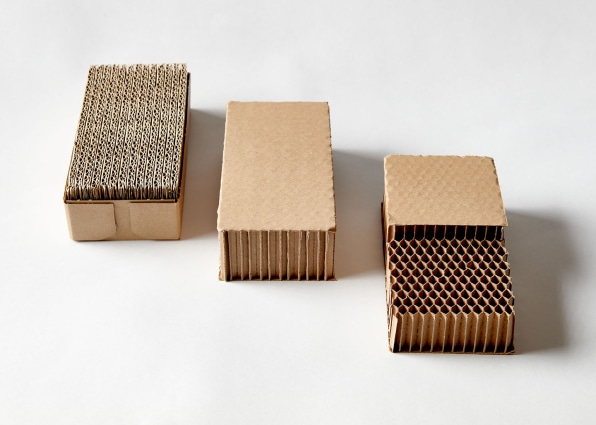
Many new packages will use paper, though the company is exploring other materials. “Paper is a very good material to use because it does come from renewable sources, and it has quite strong circular capabilities,” says Maja Kjellberg, packaging innovation leader at Ikea. “But we’re not limiting ourselves to paper. We do want to use other materials going forward. And we have an innovation program ongoing right now where we’re scouting on startups and scale-ups to find new ways of packing products and other materials that aren’t wood and fiber based.”
The company previously explored mushroom-based packaging to replace styrofoam, for example, though for now, it’s too difficult for manufacturers to produce the scale of packaging Ikea needs. Other startups are exploring packaging materials made from waste from the food industry, from coconuts to the byproducts of beer brewing. Ikea is also beginning to use waste from its own production in some packages, such as packaging for textiles sewn from scraps of the material.
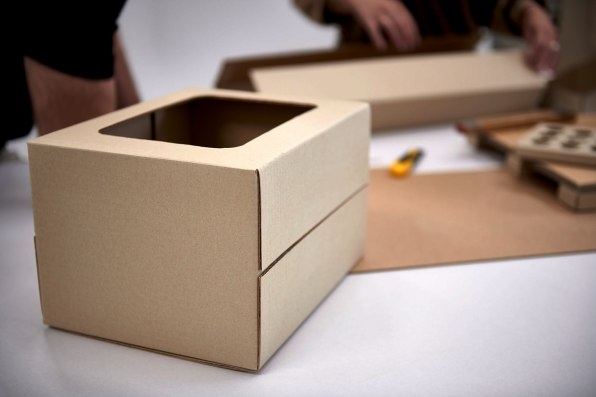
The company currently spends more than 1 billion euros a year (close to $1.1 billion) on around 920,000 tons of packaging material. Much of it is already paper; for furniture in cardboard flat packs, Ikea shifted away from using polystyrene packaging inside the boxes several years ago, replacing it with cardboard tubes and other paper supports. Only around 10% of the company’s packaging is now plastic. Of what remains, some is harder to change than others.
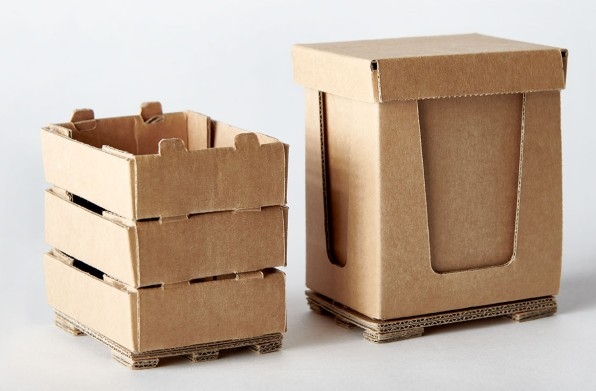
“For many years, we’ve been using plastic, and it’s been driving costs down but also driving us further away from our sustainability goals,” says Kjellberg. “I think you have to really look at the range and to look at the specific product and see, [why] are we really using the plastic? In some cases, maybe there isn’t always a very clear reason, and then it’s actually quite easy to get rid of that plastic, whereas in other cases, we’re using plastics for a very specific reason. And then it can be a bit more difficult to find the right solution to still ensure product quality and to enable automation, and at a price that is affordable, [so we] can offer affordable products to our customers.”
When Ikea uses plastic in some food packaging, both because of regulatory requirements and performance, it plans to shift to recycled or plant-based material rather than virgin plastic made from fossil fuels. “Plastic for now is, in many cases, the most sustainable option, compared to packing something in paper, and then the shelf life would be much lower, or you’d have more food waste, which is even worse from a sustainability point of view,” Kjellberg says. “So plastic will be used in food. But when we still have to use the plastics, we will make sure that they are from renewable sources or recycled.”
Fast Company , Read Full Story
(36)

